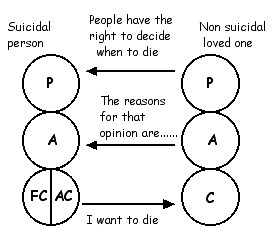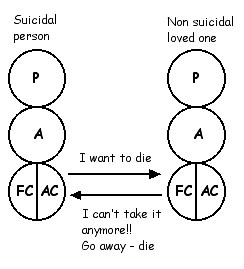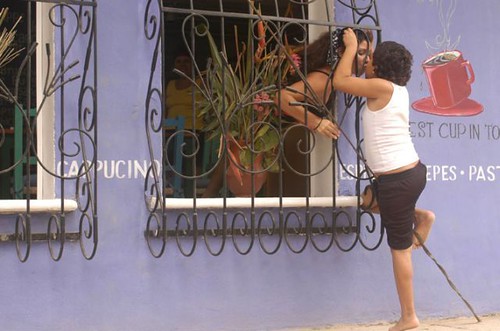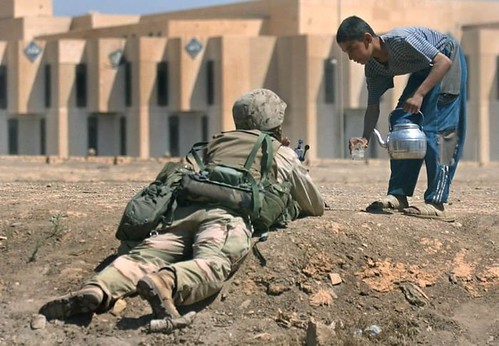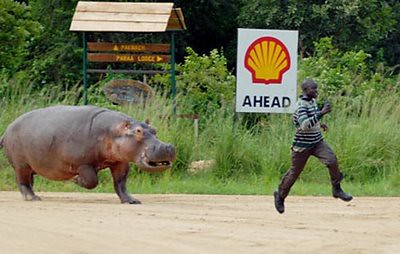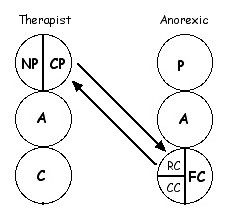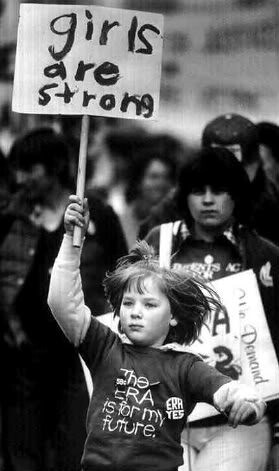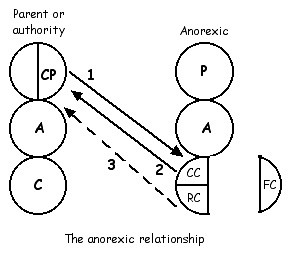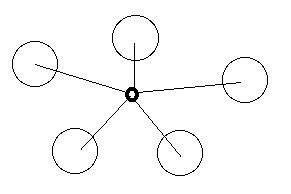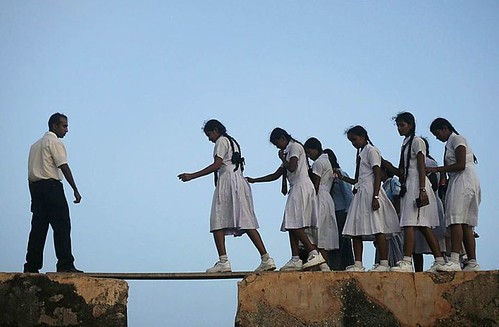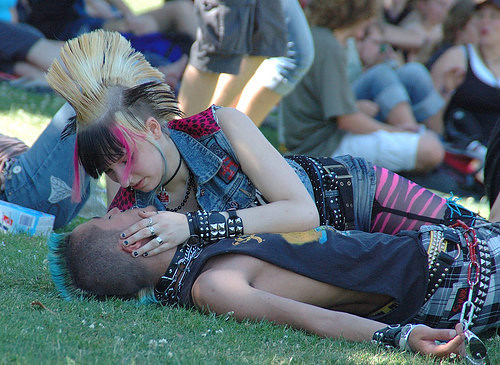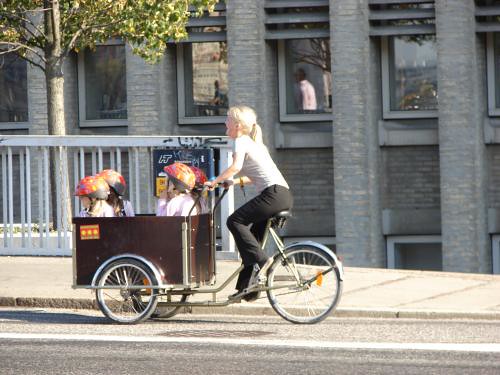The young adult male can have a large Free Child ego state which he enjoys in his activities as a young man. There are two events in his life which significantly change this. First when he becomes a husband and the second when he becomes a father.
In both these events there is a loss of Free Child as he assumes a more responsible role in life. Usually this happens spontaneously in his own mind. He sees that this is the right thing to do as a husband and father. The woman in his life does not have to say anything for him to make this change in his personality. In other instances the woman may exert pressure on him to assume this more responsible role in life.

Doing the right thing
The bottom line of this change however is the Free Child will feel unsatisfied to some degree. For some men that is just a little and for other men it can be much more pronounced. As I said before the man will often do this in his own mind himself as he thinks it is the right thing to do. Sometimes the wife may also exert pressure for this to happen.
As a result of this change in his mind there is a crucial period from the mid 20s up until about 40 years of age. In this period there maybe a change in his life where slowly there is a loss of contacts and activities that were Free Child related. Then he reaches about 40 years of age. Some men at that point will look back over the past 20 years and it becomes apparent to him the transformation that occurred over those years in the way just described.
Then he looks forward to the next 30 years and he sees fairly much the same. He is then faced with the question of the meaning of his life. If he sees 30 years more of high responsibility and low Free Child that may come as quite a shock. It is this that can precipitate a psychological shift, sometimes quite sudden, back to an adolescent psyche similar to what Eric Berne called antiscript phase of adolescent development.

He may end a marriage, buy a sports car, date women half his age, take up sport he played 20 years ago, loose weight, dress in a way that is quite unbecoming and by and large live in an adolescent way on the singles scene.
He is doing the same as the teenager does from a psychological development point of view. The direction his life is going (his life script) scares him and this is a loud and unsophisticated attempt to do something about it. He does not know what else to do.
What to do seems quite clear. The Free Child needs to get satisfied over the long period when it was neglected. How this is done of course varies from man to man. What does the boy want? It maybe something that he did all those years ago from fishing, to hunting, to golf, to surfing, to the football, to having a regular night out with his mates. Or it maybe something else that is less boyish but still meets the Free Child needs.

The hard part is keeping this in his life with all the pressures of fatherhood and mortgages and then there is his relationship with his wife. She may have a problem with him doing such things. In Australian culture you don’t often hear of a wife who regularly encourages a husband to do such things. This is probably most often due to the fact that she simply does not realise what is happening in his psyche over such a long period of time. How can she when he probably is not even aware of it himself.
However one thing is true for all members of the human race, if the Free Child needs are not met in a satisfactory way over a long period of time then sooner or later something drastic is going to happen. There will be a psychological explosion of some kind. Just go ask the Catholic church.
Graffiti

